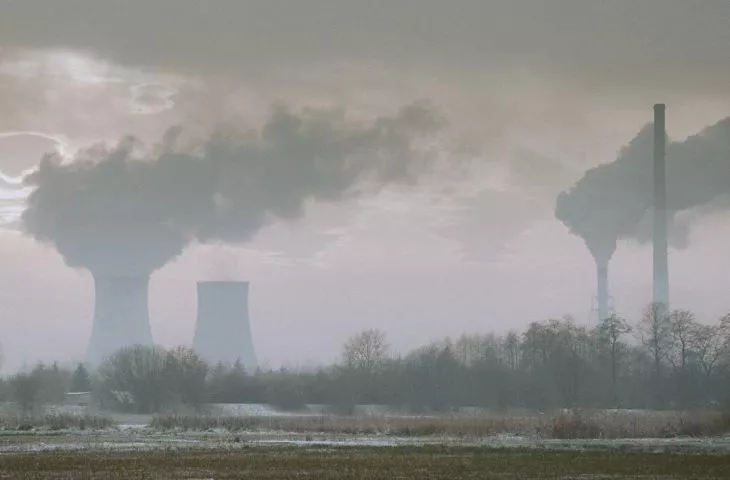Smog season is in full swing! The past year was full of brand new social problems, thus we could forget for a while about unimaginable air pollution. In exceeding smog standards, Poland has for years been among the world leaders.
dire statistics
With the onset of winter, smog returned, as it does every year. On the night of January 17-18, 2021, temperatures dropped as low as -20 degrees C. Poles rushed to the stoves, in which it burned so effectively that on the morning of January 18 we had the biggest smog of this winter (and it's only January!) Measuring stations broke records for exceeding the concentrations of permissible pollutants in the air. This time "won"
Instagram | @airlyorg
More than 80 percent of Europeans living in cities breathe air that does not meet the standards set by the WHO. Unfortunately, when it comes to air pollution, Poland is among the infamous leaders. It is estimated that every year in Poland about 45,000 people die as a result of air pollution. Health costs resulting from air pollution are estimated, for example, for Warsaw from 6 billion to 18 billion zlotys per year.
Instagram | @airlyorg
solutions we've known about for years, after all
Key to the fight against smog in Poland is the replacement of those smokiest stoves with greener ones. Right behind that, among the solutions known (and still not fully applied) is greenery and water in the city. Not only parks, but also gardens on rooftops, ponds, canals and many other solutions, which until it's really hard to breathe, we seem to forget about and concretosis wins.... In our western neighbors for years we can peep at the construction of more anti-smog towers, screens to absorb exhaust fumes, dust panels. Why do we still not see them in our country?
Pro-environmental public transportation and reduction of automobile exhaust fumes are perennial challenges, which year after year appear in the top spending of probably all Polish cities. And there we have it: another subway line and beautiful bike paths.... But aren't the changes happening too slowly? Another issue is still negligible education and public awareness. And even if it is, slowly, slowly getting better, after all, our fatal habits are deeply rooted. Unfortunately, we are often reminded of them only in the middle of winter, when once again statistics show how bad the smog situation is in Poland. Read more about solutions we should have known and applied long ago: HERE.
How can architecture solve the air pollution problem?
Buildings themselves are somewhat to blame for the air pollution problem, although the impact can only be seen on a city scale. Architects and urban planners can make comprehensive choices and make a positive impact on the environment. Among their decisions remain specifying materials from non-polluting manufacturers or sourcing electricity from clean sources.Decisions that can produce tangible results are much more rewarding. Over the past few years, air pollution has attracted increasing media attention around the world, along with a proliferation of design proposals to address the problem. What specifically can architects do?
appearance over ecology
As with many other problems, air pollution is often considered someone else's problem. And so smog problems aside, architects often, for aesthetic or budgetary reasons, opt for conventional materials and systems that meet absolute minimum requirements.Shiny materials such as glass and aluminum are often the obvious choice. Just as it is obvious to accumulate all these shiny high-rise buildings in one place.... This is how so-called " city gates " are created - complexes of tall buildings that act as barriers to air exchange.
leaving the outdoors is not the solution
In an already polluted environment, architects are designing or retrofitting buildings to maximize the health of occupants inside them despite dire outdoor conditions. This involves separating pollutants and purification, so that the introduction of so-called fresh air is minimized and heavily filtered, and the building envelope is treated as an airtight seal between residents and the outside world. While staying indoors in the past year has been associated with health care, in the long run, filtering pollution is not enough.
vegetated facades
Buildings can also play an active role in improving indoor and outdoor environmental conditions. Designers are choosing self-cleaning materials and photocatalytic coatings that measurably reduce local concentrations of airborne particles. Vegetated surfaces are used to purify and oxygenate the air, and entire systems are often further supported by a fan to increase the efficiency of the filtration process. Such a solution is more of a stop-gap measure and comes at a high cost of implementation. Yet, whatever the solutions of the so-called smog-eating design, they are becoming more popular and more available every year. Among them we can find not only green facades, but also special dust-absorbing tiles.














